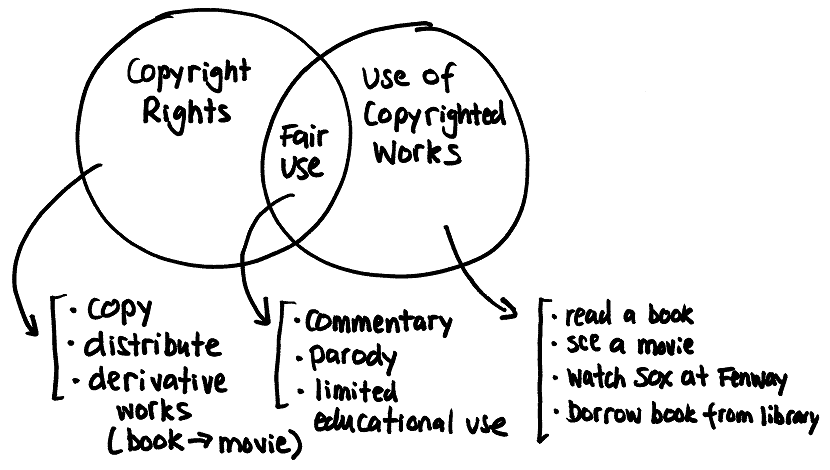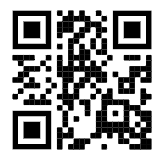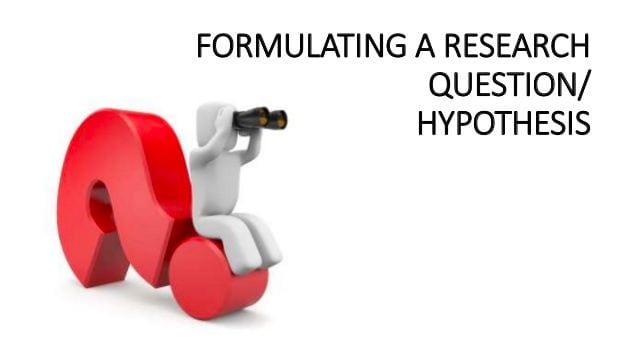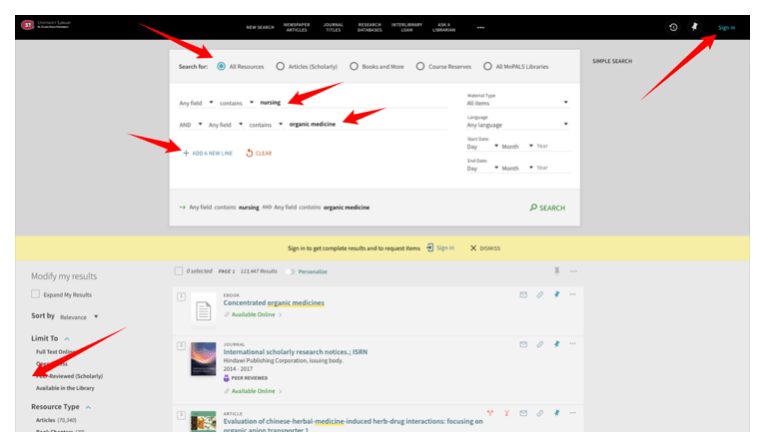Library Instruction Disability Middle Childhood
Library Instruction delivered by Plamen Miltenoff, pmiltenoff@stcloudstate.eduhttps://web.stcloudstate.edu/pmiltenoff/faculty/ CPSY 262 Thursday (2PM) Dr. Rachel Grace, |
Short link to this tutorial:
http://bit.ly/cpsy262 |
My name is Plamen Miltenoff (https://web.stcloudstate.edu/pmiltenoff/faculty/) and I am the InforMedia Specialist with the SCSU Library (https://blog.stcloudstate.edu/ims/free-tech-instruction/).
+++++++++++++++++++++++
LIBRARY INSTRUCTION – Information, Digital and Media Literacy
- How (where from) do you receive your news? Do you think you are able to distinguish real news from fake news?
- Last year, researchers at Oxford University found that 70 countries had political disinformation campaigns over two years.
https://blog.stcloudstate.edu/ims/2020/01/20/bots-and-disinformation/ - according to Pew Research Center, 68 percent of American adults get their news from social media—platforms where opinion is often presented as fact.
results of the international test revealed that only 14 percent of U.S. students were able to reliably distinguish between fact and opinion.
- Last year, researchers at Oxford University found that 70 countries had political disinformation campaigns over two years.
https://blog.stcloudstate.edu/ims/2020/01/16/fake-news-prevention/
News and Media Literacy (and the lack of) is not very different from Information Literacy
An “information literate” student is able to “locate, evaluate, and effectively use information from diverse sources.” See more About Information Literacy.
How does information literacy help me?
Every day we have questions that need answers. Where do we go? Whom can we trust? How can we find information to help ourselves? How can we help our family and friends? How can we learn about the world and be a better citizen? How can we make our voice heard?
| The content of the tutorial is based on the Information Literacy Competency Standards for Higher Education as approved by the Board of Directors of the Association of College and Research Libraries (ACRL). |  |
The standards are:
Standard 1. The information literate student determines the nature and extent of the
information needed
Standard 2. The information literate student accesses needed information effectively
and efficiently
Standard 3. The information literate student evaluates information and its sources
critically and incorporates selected information into his or her knowledge
base and value system
Standard 4. The information literate student, individually or as a member of a group,
uses information effectively to accomplish a specific purpose
Standard 5. The information literate student understands many of the economic, legal,
and social issues surrounding the use of information and accesses and uses
information ethically and legally
Project Information Literacy
A national, longitudinal research study based in the University of Washington’s iSchool, compiling data on college students habits to seek and use information.
+++++++++++++++++++++++
- Developing Your Research Topic/Question
Research always starts with a question. But the success of your research also depends on how you formulate that question. If your topic is too broad or too narrow, you may have trouble finding information when you search. When developing your question/topic, consider the following:
- Is my question one that is likely to have been researched and for which data have been published? Believe it or not, not every topic has been researched and/or published in the literature.
- Be flexible. Consider broadening or narrowing the topic if you are getting a limited number or an overwhelming number of results when you search. In nursing it can be helpful to narrow by thinking about a specific population (gender, age, disease or condition, etc.), intervention, or outcome.
- Discuss your topic with your professor and be willing to alter your topic according to the guidance you receive.
- Getting Ready for Research
Library Resources vs. the Internet
How (where from) do you receive information about your professional interests?
Advantages/disadvantages of using Web Resources
Evaluating Web Resources
- Google or similar; Yahoo, Bing
- Google Scholar
- Reddit, Digg, Quora
- Wikipedia
- Become a member of professional organizations and use their online information
- Use the SCSU library page to online databases
- Building Your List of Keywords

-
- Why Keyword Searching?
Why not just type in a phrase or sentence like you do in Google or Yahoo!?- Because most electronic databases store and retrieve information differently than Internet search engines.
- A databases searches fields within a collection of records. These fields include the information commonly found in a citation plus an abstract (if available) and subject headings. Search engines search web content which is typically the full text of sources.
- Why Keyword Searching?
-
- The bottom line: you get better results in a database by using effective keyword search strategies.
- To develop an effective search strategy, you need to:
- determine the key concepts in your topic and
- develop a good list of keyword synonyms.
-
- Why use synonyms?
Because there is more than one way to express a concept or idea. You don’t know if the article you’re looking for uses the same expression for a key concept that you are using. - Consider: Will an author use:
- Hypertension or High Blood Pressure?
- Teach or Instruct?
- Therapy or Treatment?
- Why use synonyms?
Don’t get “keyword lock!” Be willing to try a different term as a keyword. If you are having trouble thinking of synonyms, check a thesaurus, dictionary, or reference book for ideas.
Keyword worksheet
- Library Resources
How to find the SCSU Library Website
SCSU online databases
-
- SCSU Library Web page
- Basic Research Skills
Locating and Defining a Database
Database Searching Overview:
You can search using the SCSU library online dbases by choosing:
Simple search
Advanced search
- Identifying a Scholarly Source
- Boolean operators
- Databases:
CINAHL, MEDLINE, PubMed, Health Source: Consumer Edition, Health Source: Nursing/Academic Edition
Psychology:
PsychINFO
General Science
ScienceDirect
Arts & Humanities Citation Index
- How do you evaluate a source of information to determine if it is appropriate for academic/scholarly use. There is no set “checklist” to complete but below are some criteria to consider when you are evaluating a source.
- ACCURACY
- Does the author cite reliable sources?
- How does the information compare with that in other works on the topic?
- Can you determine if the information has gone through peer-review?
- Are there factual, spelling, typographical, or grammatical errors?
- AUDIENCE
- Who do you think the authors are trying to reach?
- Is the language, vocabulary, style and tone appropriate for intended audience?
- What are the audience demographics? (age, educational level, etc.)
- Are the authors targeting a particular group or segment of society?
- AUTHORITY
- Who wrote the information found in the article or on the site?
- What are the author’s credentials/qualifications for this particular topic?
- Is the author affiliated with a particular organization or institution?
- What does that affiliation suggest about the author?
- ACCURACY
-
- CURRENCY
-
-
- Is the content current?
- Does the date of the information directly affect the accuracy or usefulness of the information?
-
-
- OBJECTIVITY/BIAS
-
-
- What is the author’s or website’s point of view?
- Is the point of view subtle or explicit?
- Is the information presented as fact or opinion?
- If opinion, is the opinion supported by credible data or informed argument?
- Is the information one-sided?
- Are alternate views represented?
- Does the point of view affect how you view the information?
-
-
- PURPOSE
- What is the author’s purpose or objective, to explain, provide new information or news, entertain, persuade or sell?
- Does the purpose affect how you view the information presented?
- PURPOSE
- InterLibrary Loan
- Copyright and Fair Use

(https://sites.google.com/site/cuin3313/resources/copyright-fair-use-what-is-it-why-should-i-care)
Author Rights and Publishing & Finding Author Instructions for Publishing in Scholarly Journals
-
- Plagiarism, academic honesty
- Writing Tips
- Dissemination of Research
++++++++++++++++++++++++++++++++++++++++++++++
Class Assignment:
Research on Disability – Middle Childhood
There are many interactions between childhood development and mental, physical, and socioemotional health – namely including interpersonal relationships and the child’s relationship with education. Using SCSU’s University Library, find a journal article that will help you learn more about a developmental abnormality (a disability) that relates to middle childhood. Make sure your chosen article includes the following:
1) the article focuses on one or includes participants with a disability
2) the population (or part of the population) being studied is within the life stage of middle childhood (defined as ages 6-12)
3) the article is empirical (peer-reviewed)
Use the article to respond to the following questions.
- What is the title of the article?
- In what journal was the article published?
- What was the purpose of the study?
- What were the methods? In particular, who were the participants?
- What were the results?
- What are two important facts/ideas/issues you learned about middle childhood and disability by reading this article?
+++++++++++
Plamen Miltenoff, Ph.D., MLIS
Professor
320-308-3072
pmiltenoff@stcloudstate.edu
http://web.stcloudstate.edu/pmiltenoff/faculty/
schedule a meeting: https://doodle.com/digitalliteracy
find my office: https://youtu.be/QAng6b_FJqs










